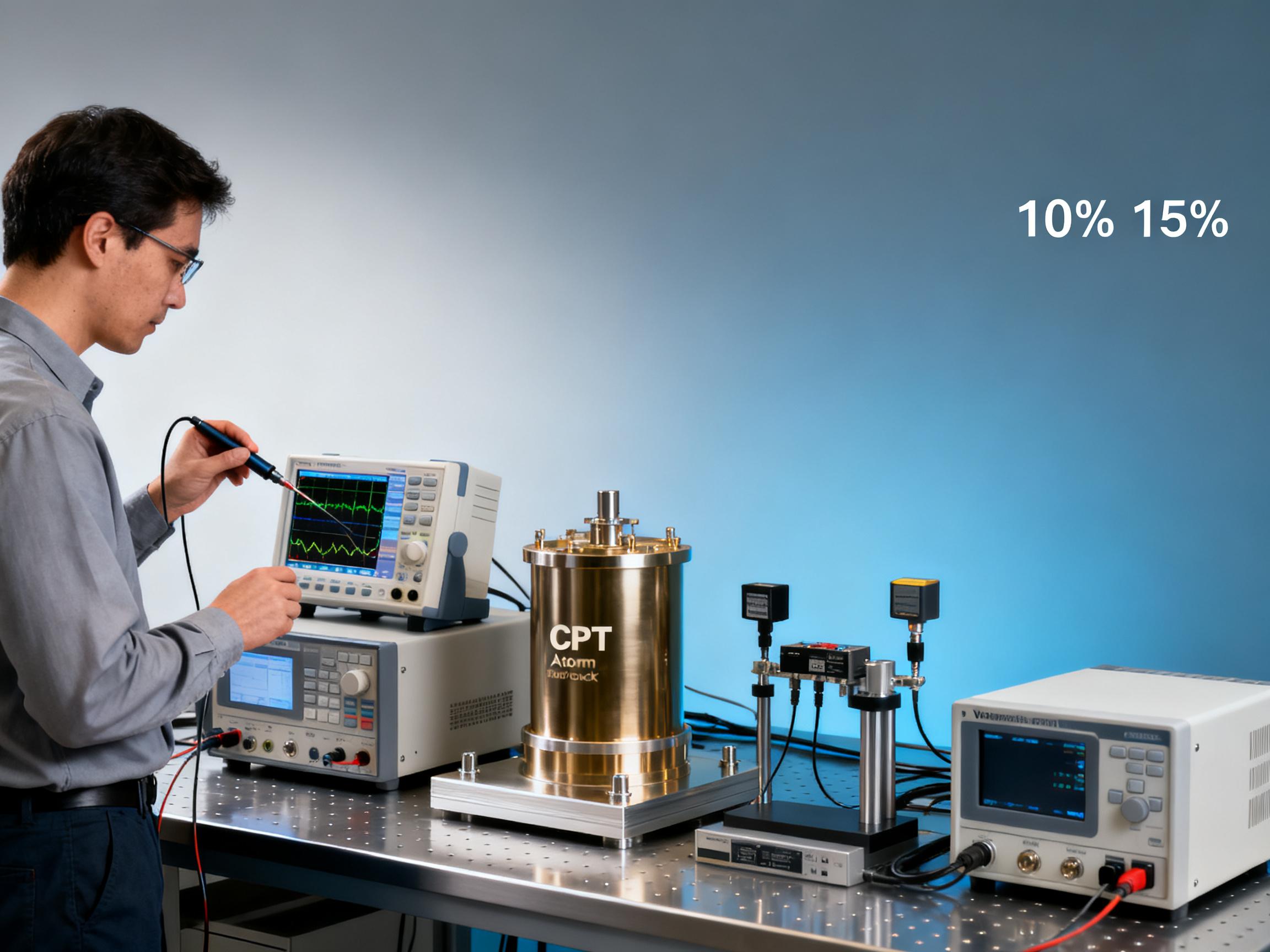RELATED
![How CPT Atomic Clocks Reduce OPEX in 5G Base Stations [Real Data] How CPT Atomic Clocks Reduce OPEX in 5G Base Stations [Real Data]](https://usimg.bjyyb.net/grey.png?x-oss-process=image/resize,m_fixed,w_800,h_600,limit_0) How CPT Atomic Clocks Reduce OPEX in 5G Base Stations [Real Data]2025-12-11
How CPT Atomic Clocks Reduce OPEX in 5G Base Stations [Real Data]2025-12-11 2024 CPT Atomic Clock vs Rubidium: Which Offers Better Stability for Telecom Networks?2025-12-08
2024 CPT Atomic Clock vs Rubidium: Which Offers Better Stability for Telecom Networks?2025-12-08 Live Demo Results: CPT Atomic Clock Performance Under Harsh Environmental Tests (Data Inside)2025-12-05
Live Demo Results: CPT Atomic Clock Performance Under Harsh Environmental Tests (Data Inside)2025-12-05 Budgeting for Precision: Total Cost of Ownership for a Rubidium Atomic Clock Over 5 Years2025-12-03
Budgeting for Precision: Total Cost of Ownership for a Rubidium Atomic Clock Over 5 Years2025-12-03
MESSAGE
Introduction to Rubidium Atomic Clocks
Rubidium atomic clocks are among the most precise timekeeping devices available today. They utilize the hyperfine transition frequency of rubidium atoms to maintain time with exceptional accuracy. These clocks are widely used in GPS satellites, telecommunications, and scientific research where precise timing is crucial.
How Rubidium Atomic Clocks Work
At the heart of a rubidium atomic clock is a rubidium vapor cell. When exposed to microwave frequencies, rubidium atoms transition between energy states, emitting a consistent frequency that serves as the clock's timebase. This process, known as atomic resonance, ensures minimal drift over time, making these clocks highly reliable.
Key Components
- Rubidium vapor cell
- Microwave cavity
- Frequency stabilization circuit
- Control electronics
Advantages of Rubidium Atomic Clocks
Rubidium atomic clocks offer several benefits over other timing solutions like quartz oscillators or cesium atomic clocks. They are more compact, consume less power, and provide faster stabilization times. These features make them ideal for applications where size, power efficiency, and quick start-up are critical.
Comparison with Other Timing Solutions
Applications in GPS Technology
GPS satellites rely on rubidium atomic clocks to maintain precise timing for navigation signals. Each satellite carries multiple atomic clocks to ensure redundancy and continuous operation. The accuracy of these clocks directly impacts the precision of GPS positioning, making them indispensable for global navigation.
Industry Standards
Rubidium atomic clocks used in GPS technology must meet stringent industry standards, including those set by the International Telecommunication Union (ITU) and the National Institute of Standards and Technology (NIST). Compliance with these standards ensures interoperability and reliability across global navigation systems.
Future Trends in Atomic Clock Technology
Advancements in rubidium atomic clock technology focus on improving accuracy, reducing size, and lowering power consumption. Emerging technologies like chip-scale atomic clocks promise to revolutionize timing solutions for portable and space-constrained applications.
Why Choose Our Rubidium Atomic Clocks
As a leading provider of high-precision time and frequency products, we offer rubidium atomic clocks that combine cutting-edge technology with robust performance. Our solutions are trusted by global customers for their reliability, precision, and low power consumption.
FAQ
How long do rubidium atomic clocks last?
Rubidium atomic clocks typically have a lifespan of 10-15 years, depending on usage and environmental conditions.
What is the accuracy of a rubidium atomic clock?
Rubidium atomic clocks can maintain accuracy within 1 second over thousands of years, making them ideal for long-term timing applications.
Contact Us
For more information on our rubidium atomic clocks and how they can benefit your GPS or timing applications, please contact our team of experts today.
CONTACT US
Please use the form below to get in touch.
If you need a reply we will get in touch as soon as possible.

![How CPT Atomic Clocks Reduce OPEX in 5G Base Stations [Real Data] How CPT Atomic Clocks Reduce OPEX in 5G Base Stations [Real Data]](https://usimg.bjyyb.net/sites/91500/91958/1765179857856560163985903616.jpeg)



